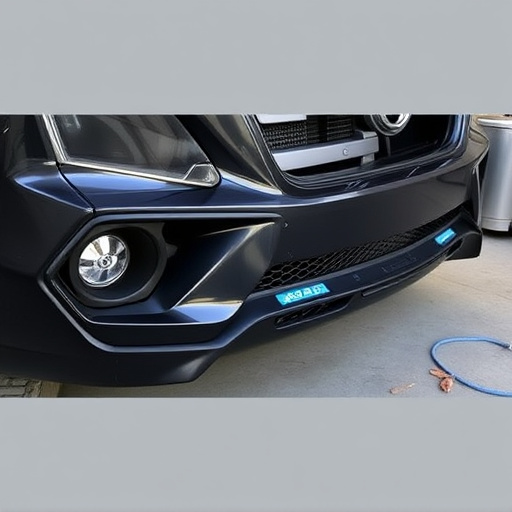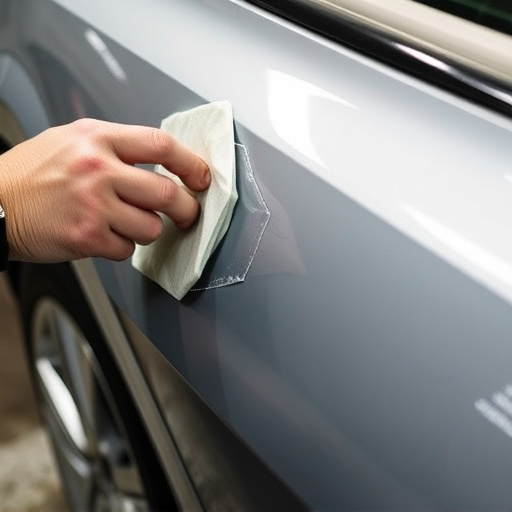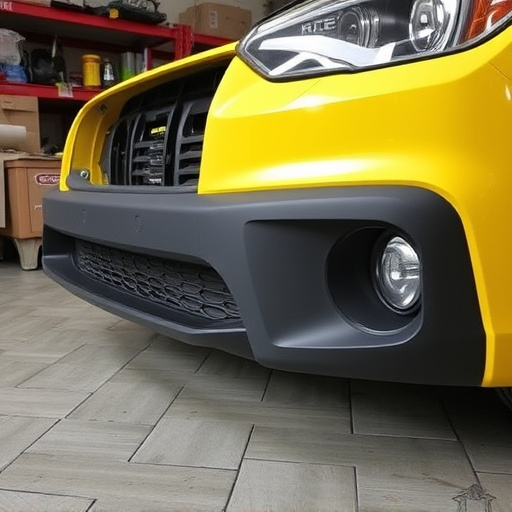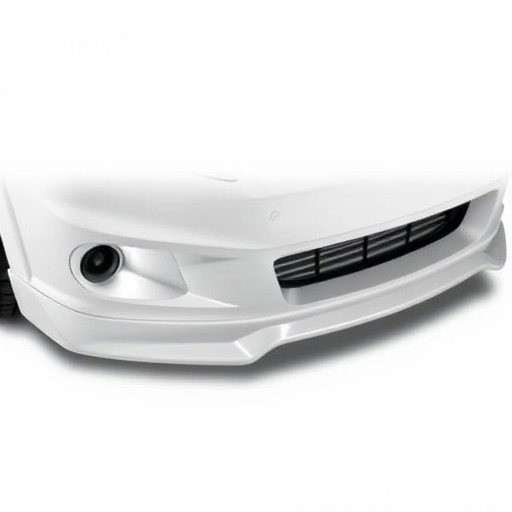Understanding dent repair coverage involves reviewing policy documents to know what's covered and the associated costs, which vary based on factors like dent size, car material, regional availability, service reputation, needed techniques, deductibles, and out-of-pocket expenses. To maximize savings, compare quotes from multiple shops, leverage preferred provider networks, stay informed about discounts, consider off-peak times for repairs, and negotiate or bundle services for luxury vehicles. Proactive communication and research are key to ensuring the best value for insurance coverage.
“Thinking about fixing that nagging dent in your car but wondering how much it’ll cost? This guide breaks down everything you need to know about dent repair costs covered by insurance. We explore what your auto insurance policy typically covers, common factors influencing prices, and essential tips to maximize savings. Understanding these aspects empowers you to make informed decisions and navigate the process with confidence.”
- Understanding Dent Repair Coverage: What Your Policy Covers
- Common Factors Influencing Dent Repair Cost Out-of-Pocket Expenses
- Maximizing Savings: Tips for Minimizing Dent Repair Costs With Insurance
Understanding Dent Repair Coverage: What Your Policy Covers

Understanding Dent Repair Coverage: What Your Policy Covers
When it comes to dent repair cost, knowing what your insurance policy covers is crucial. Most auto insurance policies include coverage for dent repair as part of their comprehensive or collision coverage, often referred to as a fender bender. This means that if your vehicle experiences dents due to an accident, such as an automotive collision or minor crash (fender bender), your insurance provider may step in to help with the repairs. Comprehensive and collision coverage typically cover various types of damage, including dents, scratches, and even vehicle paint repair.
The extent of coverage depends on the severity of the dent and the specific terms of your policy. Some plans might only cover significant dents that affect the structural integrity of your vehicle, while others may include smaller dents as well. It’s essential to review your policy documents to understand what constitutes a covered event and any deductibles associated with these claims. By being aware of your insurance coverage for dent repair, you can better manage your expectations regarding cost and efficiency when it comes time to get your vehicle back in top shape after an accident, whether that involves simple dent removal or more intricate automotive collision repair.
Common Factors Influencing Dent Repair Cost Out-of-Pocket Expenses

When estimating dent repair cost, several factors come into play. These can significantly influence the overall price tag, and understanding them is key to budgeting effectively. The size and severity of the dent are primary considerations; larger or more profound dents will generally require more time and materials, driving up costs. The type of material used in your car’s body also plays a role, as different metals or composite materials may have varying repair complexities. Location matters too; access to parts and labor varies across regions, impacting the overall dent repair cost.
Additionally, the reputation and location of the collision repair services or car repair shop can affect expenses. Specialized auto painting services might be needed for precise color matching, which adds to out-of-pocket expenses. Minor dents might only require straightforward techniques like filling and smoothing, while more complex cases may demand replacement panels or extensive body work, thus increasing costs. It’s also important to remember that some insurance policies have deductibles, so you’ll need to factor in these direct costs when planning for dent repair.
Maximizing Savings: Tips for Minimizing Dent Repair Costs With Insurance

When it comes to dent repair cost covered by insurance, maximizing savings is achievable with a few strategic tips. First, compare quotes from multiple reputable shops. Insurance companies often have preferred providers, and sticking to these can ensure you receive competitive pricing. Additionally, stay informed about common discounts offered by both your insurance company and auto body repair centers. Many repairs can be more affordable during off-peak times or days of the week.
For those with luxury vehicles like Mercedes Benz, prioritizing thorough car body repair is essential. While it might seem counterintuitive to minimize costs, high-end repairs can often be negotiated or paired with other services to reduce overall dent repair cost. Remember, a little research and proactive communication can go a long way in ensuring you get the best value for your insurance coverage when repairing smaller dents.
When it comes to dent repair costs, understanding your insurance coverage is key. By knowing what your policy entails and exploring strategies to minimize expenses, you can effectively navigate the process and save money. Remember, each situation is unique, so consult your insurer and consider our tips to ensure you’re making informed decisions regarding your dent repair out-of-pocket expenses.














